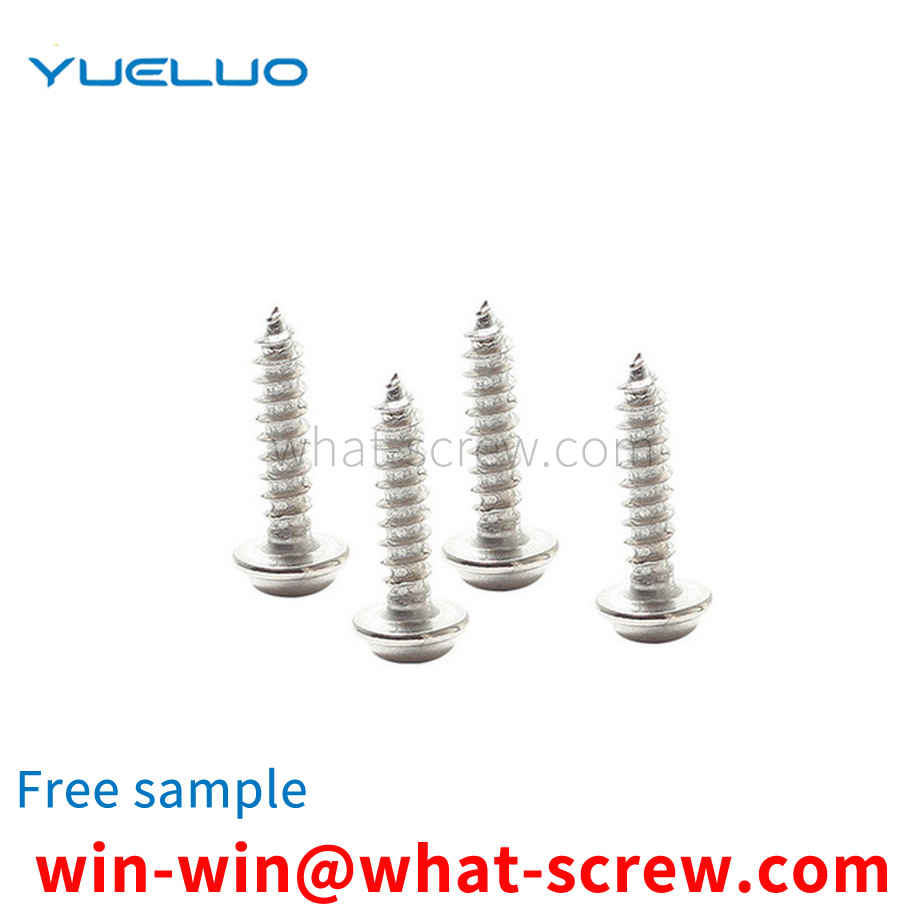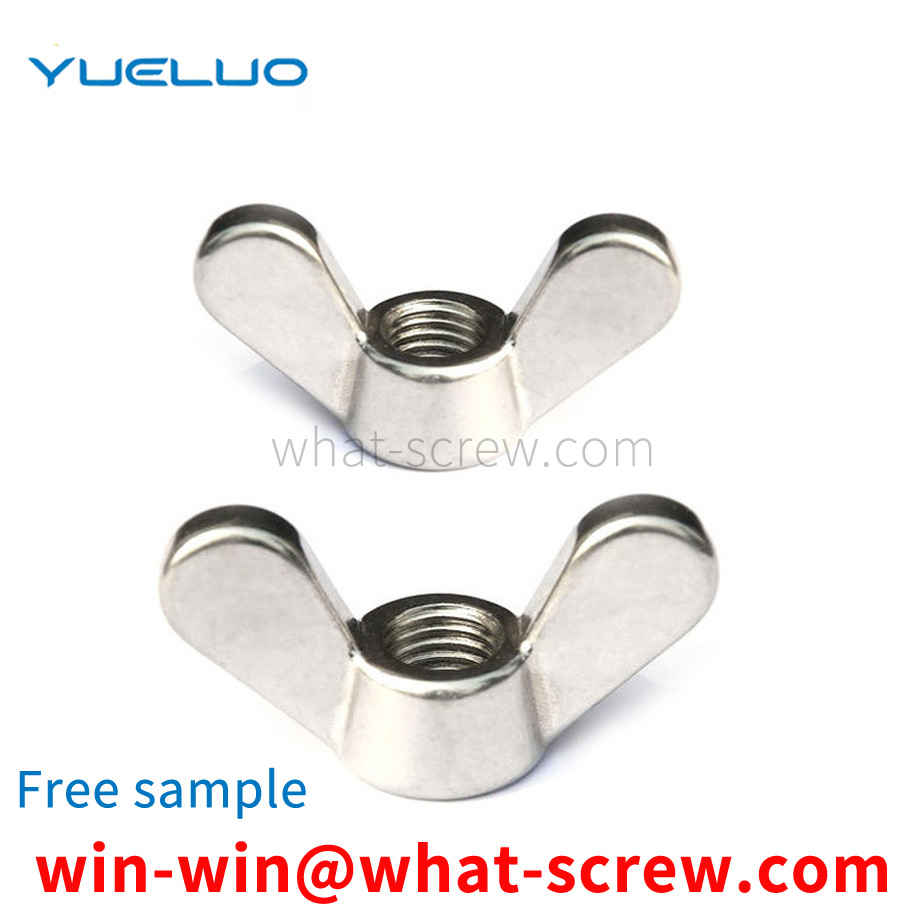The types of rivets can be roughly divided into open type, closed type, double drum type and single drum type series. The following is a brief description of their respective models. Countersunk head blind rivets: For the riveting of riveting parts that require smooth and beautiful surfaces after riveting. Double-drum blind rivet: During riveting, the mandrel pulls the end of the rivet body into a double-drum shape, clamps the two structural parts to be riveted, and can reduce the pressure acting on the surface of the structural parts. Uses: Mainly used for riveting various thin structural parts in various vehicles, ships, construction, machinery, electronics and other industries. Blind rivet with large brim: Compared with ordinary blind rivets, the diameter of the aluminum cap of this rivet is significantly larger. When the rivet is riveted with the connector, it has a larger contact area and a stronger supporting surface, which can enhance the torque Strength, can withstand higher radial tension. Applicable industry: It is suitable for fastening soft and fragile surface materials and extra-large holes. The increased diameter of the brim has special protection applications for soft materials. Closed Blind Rivet: Designed to wrap around the mandrel head after riveting, ideal for many applications where waterproofing is required. With high shear force, anti-vibration, anti-high pressure.
Screws are a kind of fasteners commonly used in daily life and industry. At present, in use, different types of screws are generally selected for fixing according to different screw lengths and other parameters. Since the screw length is fixed at the time of manufacture, when When using a large number of screws with different screw lengths, it is necessary to sort out screws with different screw lengths beforehand. This method is more troublesome, and sometimes in some special occasions, some screws with special lengths are required. Producing screws of this particular length individually is laborious and laborious.
Stud bolts generally need to be surface treated. There are many types of bolt surface treatments. Generally, electroplating, blackening, oxidation, phosphating, and electroless zinc flake coating are commonly used. However, electroplated fasteners account for a large proportion of the actual use of fasteners. Especially in automobiles, tractors, home appliances, instrumentation, aerospace, communications and other industries and fields are more widely used. However, for threaded fasteners, not only a certain anti-corrosion capability is required in use, but also the interchangeability of threads must be ensured, which can also be called screwability here. In order to meet the dual-use performance of anti-corrosion and interchangeability required by threaded fasteners in use, it is very necessary to formulate special plating standards. GB/T5267.1-2002 [Threaded fastener electroplating layer] standard is one of the national standards fastener surface treatment series of standards, the standard includes: GB/T5267.1-2002 [fastener electroplating layer]; GB/T5267.2-2002 [Electrolytic zinc flake coating for fasteners] Two standards. This standard is equivalent to the international standard ISO4042; 1999 [Threaded fastener electroplating layer]. This standard replaces the GB/T5267-1985 [Threaded Fastener Electroplating Coating] standard.
The one-way nut provided by Guangdong Yueluo Hardware Industry Co., Ltd. has the following characteristics: a. It is composed of a screw sleeve 1, a threaded core 2, a cover 3, a spring 4 and a bead 5; b. There is a stop 7 on the outer edge of the core 2 and a ring of grooves 8; c. The screw sleeve 1 is sleeved on the screw core 2; d. 4 is enclosed in hole 6.
spring washer is installed under the nut to prevent the nut from loosening. It is stated in the national standard. Hexagonal slotted nuts are specially designed for use with bolts with holes at the end of the screw, so that the cotter pin can be inserted into the hole of the screw from the groove of the nut to prevent the nut from automatically loosening. It is mainly used for vibration loads or alternating loads. . The methods to prevent the nut (or bolt) from automatically loosening in the mechanical design and production are as follows: 1. Add a spring washer; (simple and easy to do) 2. Use a hexagonal slotted nut + a split pin; (increase the processing process) 3 . Pad the stop washer; (increase the processing process compared with the same period of last year) 4. Insert the steel wire into the hexagon head opening of the hexagon bolt. (Increased processing steps compared to the same period of last year) Spring washers are used to prevent loosening. For example, the bolts connecting the motor and the machine base generally need to add spring washers, because the motor vibrates without the spring washers, and the nuts will loosen. Generally, the fasteners on the equipment with vibration There is a spring gasket on it, and there is generally no need to add a gasket on the flange! Whether the spring gasket is added to the flange is related to the medium circulating in the pipeline. If it is easy to generate pulses, it is best to add spring gaskets, as well as high-speed fluid, and the caliber changes frequently. Do not generalize. On some valves, the stuffing box gland All flanges need to be added with spring gaskets. The automatic selection of spring gaskets is included.
We have many years of experience in the production and sales of screws, nuts, flat washers, etc. The main products are: external hexagon head bolts, cup head with intermediate bolts, solid core rivets, semi-circle integrated ball head cover nuts and other products, we can provide you with suitable products Your fastener solution.



















 Service Hotline
Service Hotline




